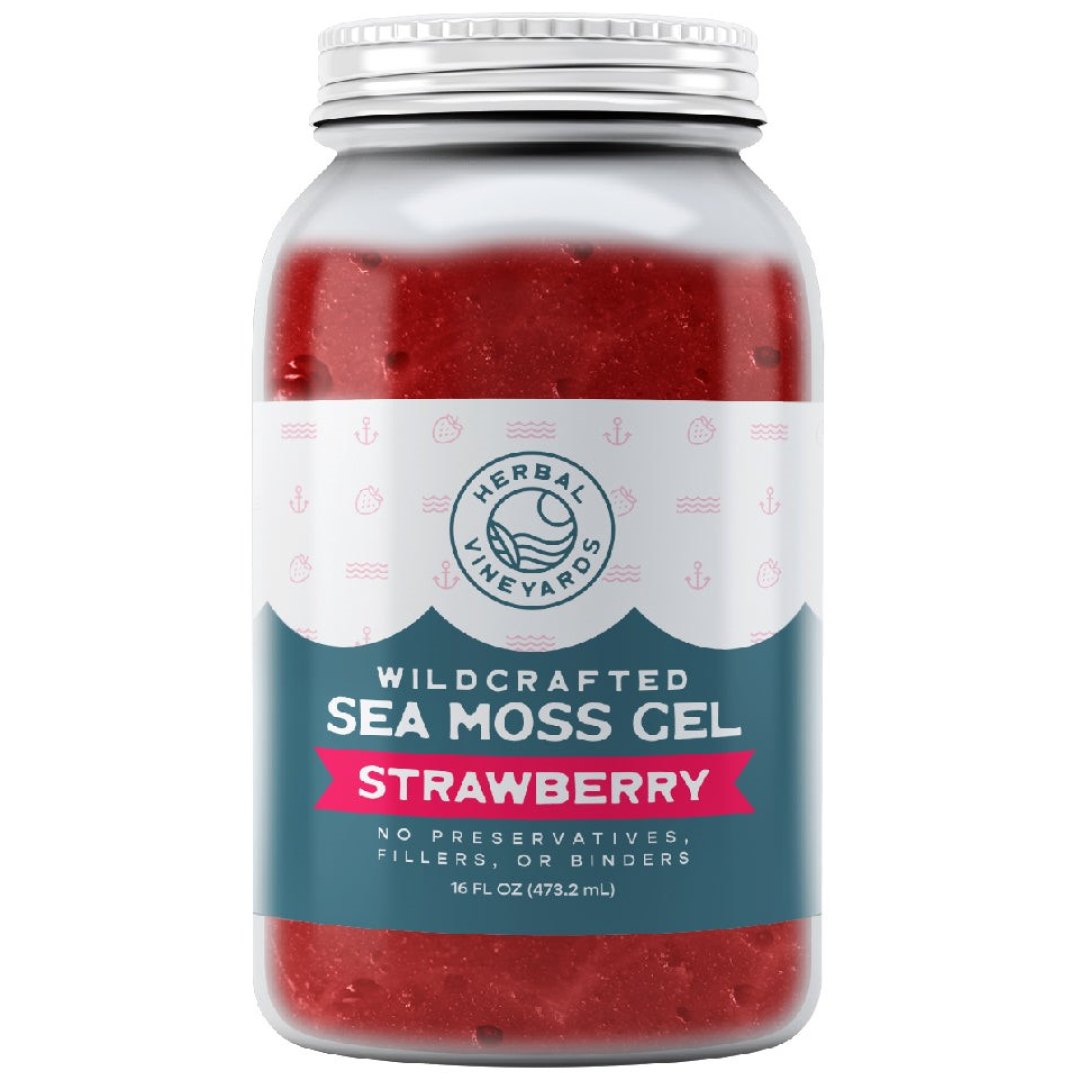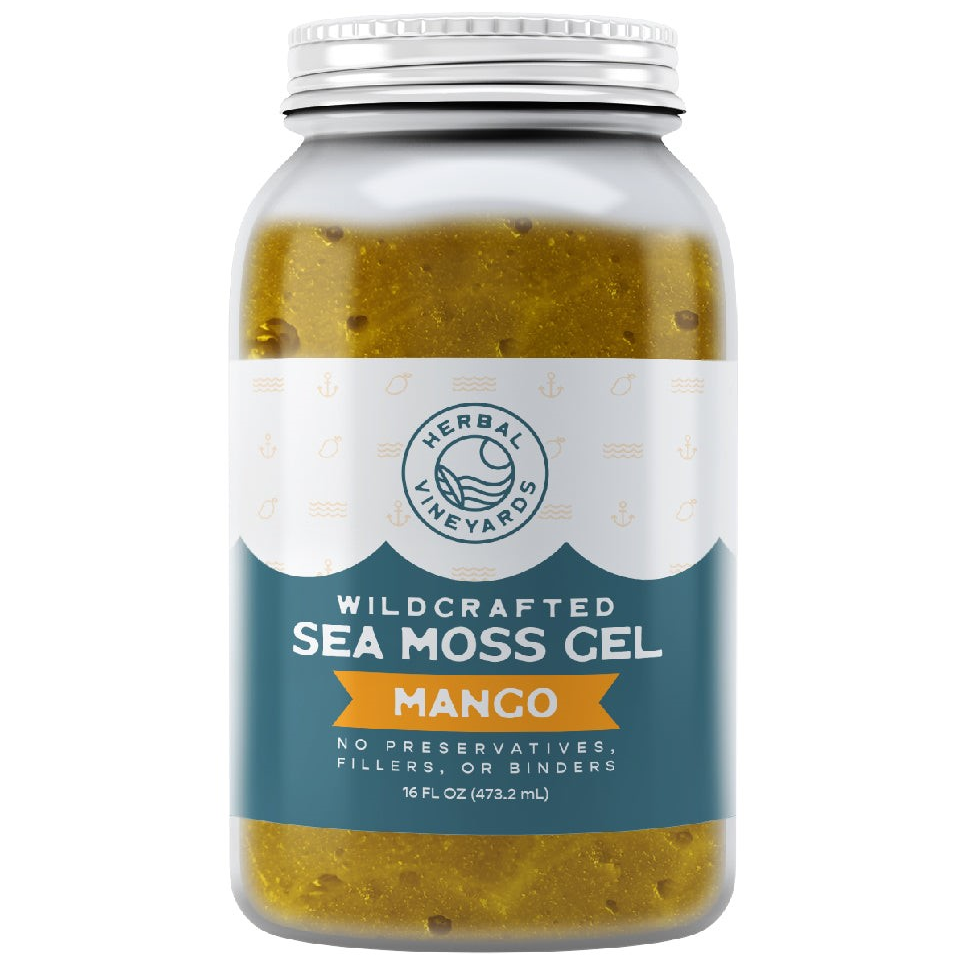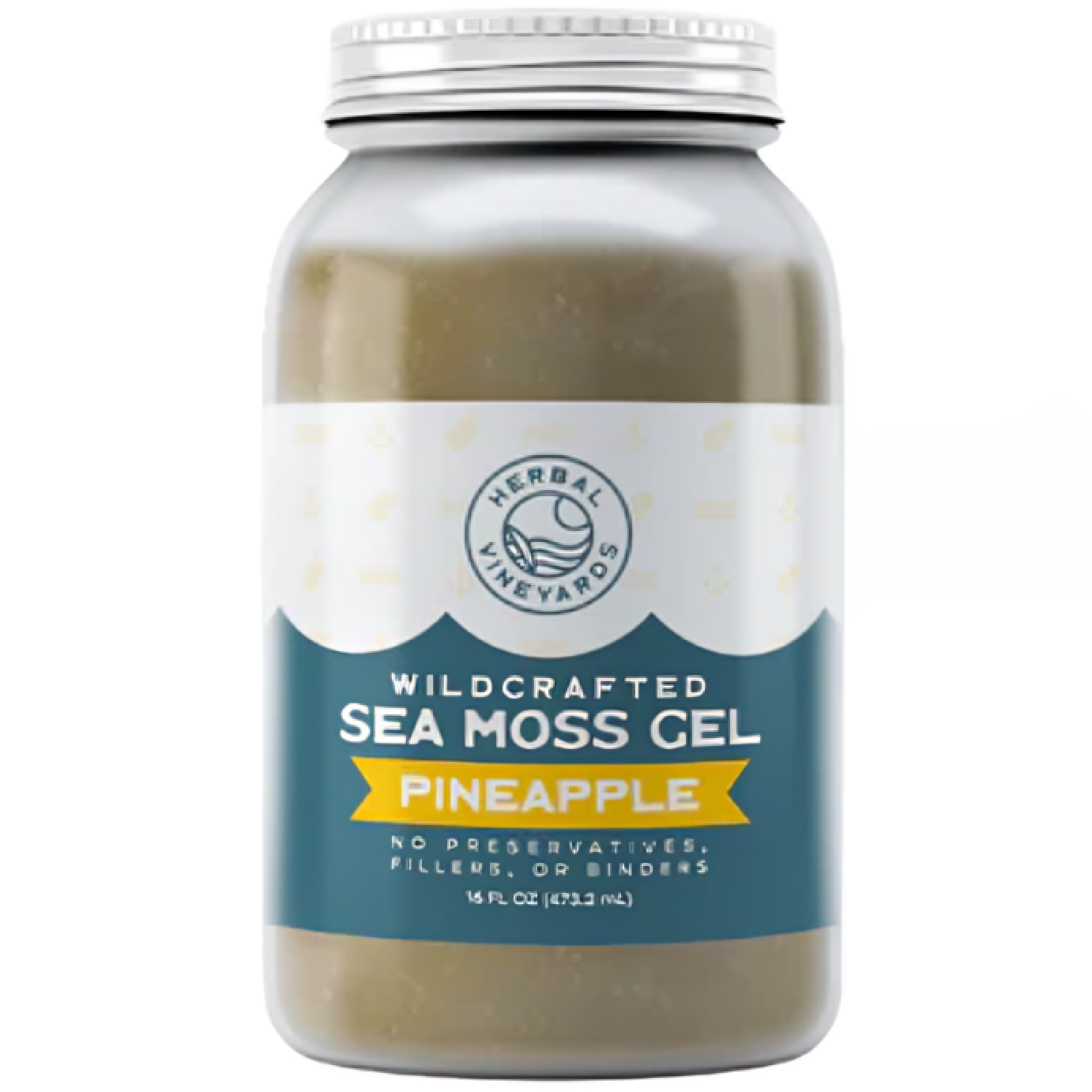The Nutraceutical Profile of Seaweed
Seaweeds are currently garnering a lot of attention because of the health benefits. Recent research has shown that seaweeds have a high nutritional value, and their bioactive components have significant effects. Sea moss is classified as a "nutraceutical food," which is a food that not only provides nutritional value but also aids in the prevention of health-related problems. Because of its good effects on human health, such as alleviating arthritis and autoimmune and cardiovascular disorders, it is referred to as a nutraceutical.
Fucoidan from Brown algae
A study showed fucoidan possesses angiogenesis-promoting properties, depending on their molecular weights. High-molecular-weight fucoidans have been discovered to improve the viability of spleen cells and prevent them from dying. Fucoidans, found in some brown seaweed species, are sold as nutraceutical products in Australia and the United States because they have antibacterial, antiviral, anti-inflammatory, anticoagulant, antithrombotic, antidiabetic, anti-cancer and antiviral properties after uptake.
Fucoidan's chemical multiplicity and antioxidant capacity may help to prevent diseases such as cancer, diabetes, Alzheimer's disease, Parkinson's disease, and AIDS. Fucoidans isolated from Lonicera japonica with a low molecular weight showed a reduction in diabetic retinopathy.
Palmaria palmate (Rhodophyta)
Red algae are high in minerals and vitamins that are beneficial to human health. It contains high levels of vitamin C, which aids iron absorption, as well as phycoerythrin, a precursor to vitamin A, and trace amounts of iron, potassium, and iodine, along with proteins of high nutritional value. Another associated benefit of red algae consumption is related to calcium intake. The presence of calcium in Chondrus crispus (Rhodophyta), was investigated and compared to the calcium content in milk, which was shown to be low.
Chlorophyta
For a long time, Chlorophyta has been used as a food source. Caulerpa spp. is eaten as "seagrapes," while Ulva spp. It is eaten whole in salads. Green seaweed bioactive components exhibit antioxidant, anticoagulant, antimutagenic, antibacterial, and anticancer properties, suggesting they could be used as functional meals. Ext Ulva lactuca (ChLactucata) Extracts to have antibacterial and photocatalytic properties. As a vegan alternative to beef-derived gelatine, the polysaccharide ulvan has been developed. The phenolic and flavonoid chemicals cyanidin, malvidin, quercetin, kaempferol, and apigenin were shown to be abundant in Caulerpa spp., particularly Caulerpa racemosa (Chlorophyta). The high biochemical (antioxidant, scavenging, and reducing) and anti-proliferative activity of cancer line cells are due to these metabolites. Caulerpa racemosa is also a promising functional food due to its nutritional antioxidants and metabolites.
Conclusion
This brief explains the significance of seaweeds and their bioactive components which possess unique properties, beneficial for human health. As a result, there is a need to conduct seaweed research to uncover more bioactive chemicals that may have health advantages for humans and animals. Seaweeds as nutraceuticals are now a hot topic in scientific research. Different seaweed species have the potential to cure human diseases, making them valuable compounds for biotechnological applications. So now it’s the right time to order a seaweed supplement from Herbal Vineyards because better late than never!
References
Reyes ME, Riquelme I, Salvo T, Zanella L, Letelier P, Brebi P. Brown Seaweed Fucoidan in Cancer: Implications in Metastasis and Drug Resistance. Mar Drugs. 2020 Apr 28;18(5):232. DOI: 10.3390/md18050232
Cotas J, Leandro A, Pacheco D, Gonçalves AMM, Pereira L. A Comprehensive Review of the Nutraceutical and Therapeutic Applications of Red Seaweeds (Rhodophyta). Life (Basel). 2020 Feb 26;10(3):19. DOI: 10.3390/life10030019.







